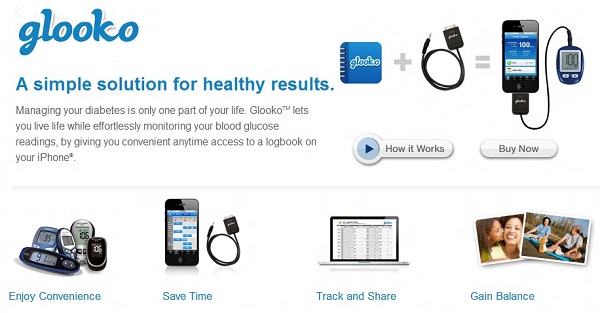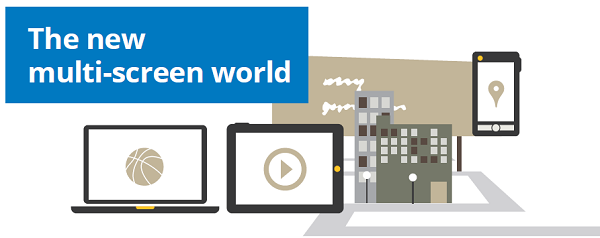Some ideas are inconvenient to share in blogs, and there are too many issues to study. Focusing on practice, sharing hope in the future is all my own actual project experience. Blogging consumes energy and time is not as good as reading more information.
Designer friends who have worked for three to five years feel that they have encountered a bottleneck. The so-called bottleneck is that they don’t know the future development direction and what should be done. I share the design issues I am paying attention to, hoping to be inspired.
1.Metro style. I don’t like the WP7 mobile phone itself, the Metro style is a bit advanced, and there are still many flaws in itself, but Microsoft has derived this style into other products, especially Win8. Based on Microsoft’s position in the computer operating system, I have to take the design of the Win8 platform seriously. Before the development is mature, there are still many design possibilities. It feels good to try. It just so happens that the company’s Win8 project can be used to practice some ideas. The new platform means new opportunities. I hope to be able to design on all platforms.
iPad has the potential to replace products such as early education machines and become a new generation of children’s education and entertainment tools.

The main thing is that the health sector can take advantage of the unique advantages of mobile devices and develop medical services that are unique to the mobile Internet.
3. Data analysis. The website’s data analysis is relatively mature, and it will definitely be used to analyze mobile applications on a large scale in the future. Some designers dislike data analysis. My principle is that all methods that are beneficial to the design results can be used. The statistical data of operation analyzes user download channels, conversion rate, activity and churn rate, etc., and the design needs to analyze the reasons and the rules of user behavior through data, such as the proportion of users watching videos, how to increase the viewing time, and what The layout structure is more conducive for users to find what they want to watch.The existing data analysis methods are relatively simple, such as the impact of a single function on the data, how to combine product value and goals to analyze, and more interesting is the use of data to verify ideas.

5. Brand. Establishing a brand is a very important function of the design team, and it is also a high-level design problem, but it is not easy. It is necessary to integrate design knowledge first, but also to understand product and marketing issues. It is worth studying for a long time. I have always believed that design is only a way to meet user needs. The most important thing is to understand user behavior patterns and psychology, and brand positioning is also from the perspective of user cognition.Cutting-edge topics, branding, and interactive knowledge all start from studying users. Every aspect of life such as clothing, food, housing and transportation is a means to satisfy users. The principles are the same. Designers should not limit themselves to the field of mobile applications. To understand design at a broader level.

Although the team is small and has management functions, the vision and the amount of information available are much better than before. The angle of thinking about problems has also been greatly changed, and the sense of responsibility is stronger. When you find some problems in the process of members and cooperation, recall that you may have the same problem, but you didn’t realize it at the time.Obstacles to the management line are the problem of opportunity. The second is that many designers mistakenly believe that management and professionalism are in conflict. In fact, it is the opposite. Management can promote professionalism. With a better vision, it is necessary to study higher-level design issues. , Such as brand. The third is that you are unwilling to drive others to do things, and it is not difficult to convince members of you, and the design team is still well managed. No matter how powerful a person is, he cannot do as many things as a team.
